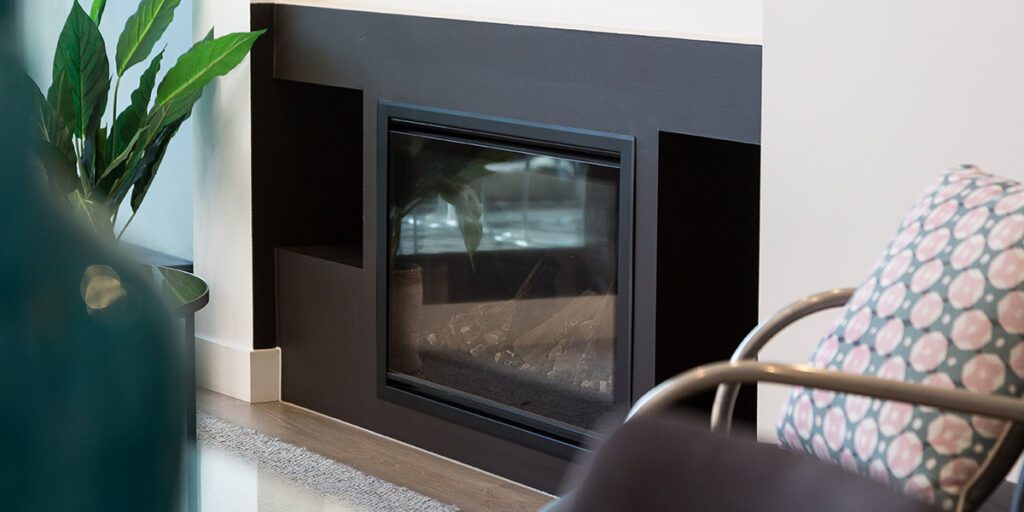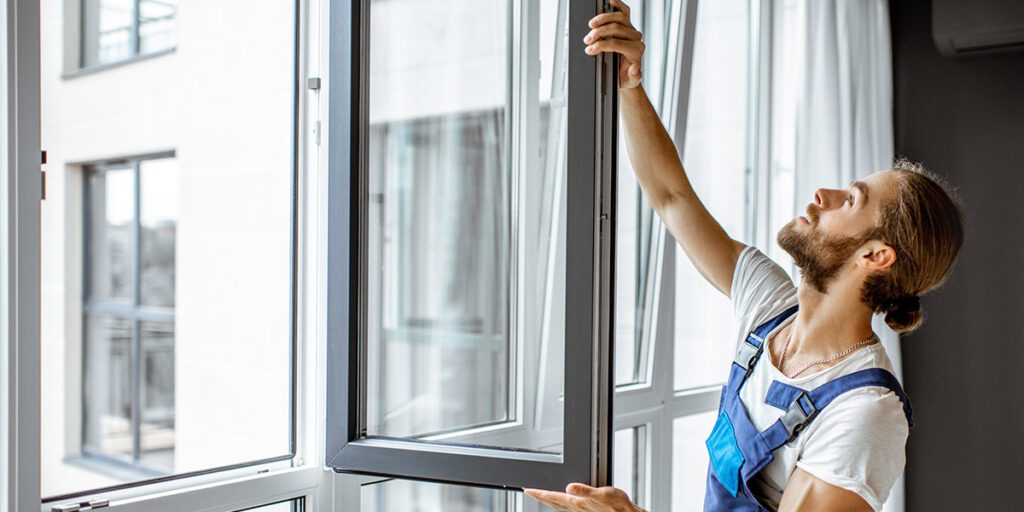During the winter, you want to be sure you’re doing everything you can to keep your home heated and comfortable. The coldest months of the year can be the most exhausting if you don’t know how to properly adjust your home heating system. Keeping your home warmer and more energy-efficient in the winter is important for your budget but also for the environment.
You can save money on heating bills, reduce air pollution and greenhouse gas emissions, and protect your health from carbon monoxide and other toxic gases by taking simple steps to reduce heat loss from your home.
Table of Contents
ToggleAlso check: 5 Common Furnace Problems That Are Reported By Homeowners
Tips for Conserving Heat
The cold weather can make it difficult to stay warm, and the high heating bills are tough to handle. Here are some ways to save on your heating costs this winter.
1) Weather-stripping
It is estimated that the energy loss due to air leakage ranges from 15% to 40% of the conditioned air when no active heating or cooling system is operating. The best way to stop this is to weather-strip these areas. Weather-stripping adds a layer of rubber or silicone to the door frame, window frame, and any other crack in the wall. This acts as a barrier that keeps the cold air outside where it belongs.
Weather-stripping is easy to install, and can usually be done in less than an hour with basic tools. For example, you can use a caulking gun to apply caulk around the threshold between your door and the floor. This will prevent air from leaking underneath the door.
2) Upgrading to Newer System

If you own an older home with a furnace that’s not environmentally friendly, not only are you paying more in utilities, but you’re also putting yourself and the environment at risk. Not only do these older systems have higher emissions that contribute to global warming, but they also tend to break down and leave you without heat until they’re repaired, which can take days or even weeks. If your furnace is over 10 years old, it’s time to consider upgrading to a newer system so you can reduce your utility bills and save the planet.
3) Close the Damper

The damper is the opening in your fireplace that allows you to control the flow of smoke, heat, and air when a fire is on. When it is not in use, many people leave the damper open. This can lead to an unnecessary amount of heat loss in your home. The solution? Close the damper when you are not using the fireplace. It’s easy to forget about the damper, especially if you’ve been enjoying a warm winter. But keeping it closed will help to keep your home warmer and more energy-efficient.
4) Using Maximum Sunlight

To have a comfortable home, you need to have a steady temperature. During the winter, keep your curtains open during the day for the most part of the morning and afternoon when the sun shines through. This will allow your house to naturally warm up during the day before you have to start using your heater. Close the curtains in the evening and night to protect the heat stored inside of your home.
5) Reduce Water Heating Cost

If you are like most people, you probably take your hot water heater for granted. You turn it on and expect that the water will be just right. It’s difficult to know how much it’s costing you to use an inefficient heating system, but there are some easy steps you can take to improve the efficiency of your house.
For example, if you reduce the temperature on your hot water heater down to 120 degrees Fahrenheit or install a tankless water heater, you could save $200-400 per year.
6) Replacing Air Filters

Did you know that air filters should be replaced at least every 3 months? Often, homeowners overlook this maintenance task. However, dirty or clogged air filters force your heating system to work harder for proper airflow, using extra energy and raising costs. It’s not just furnaces that are affected either. Central air conditioning systems have filters too.
If you think your filter is dirty, it’s time to replace it! Instead of waiting until you notice the effects of a clogged filter, make sure you are taking care of your heating system with regular replacements.
7) Ductless Mini-Split Heating System

There are a lot of reasons why your heating could be uneven. Maybe the home was built on a slant, or you have a multi-level house with differing heat setbacks for each floor. Whatever the reason, it can get frustrating to use the thermostat and find that your rooms are either freezing or feeling like a sauna.
If this sounds familiar, consider installing a ductless mini-split heating system in your home. The beauty of this system is that it allows you to control the temperature in individual rooms or spaces, which will help even out your home’s temperature fluctuations. You can also easily install a mini-split heating system through a hole in the wall or ceiling – no need to tear up floors and ceilings. And because they work independently from one another, should one room fail to heat up there’ll be backup from neighboring rooms or zones.
8) Insulate your Window Frames

The heating and cooling bills can be outrageous, depending on the efficiency of your windows. Most homes are built with single-pane glass windows that allow heat to escape during the winter months. We will discuss some steps on how to cover drafty windows to keep your home warm during the winter months.
Here are some steps you can take to insulate your window frames:
1) Cover the window with clear plastic sheets, taping down all edges to seal them in place
2) Seal any gaps around the outer edge of the plastic with duct tape
3) Fill gaps between curtains or blinds and window frames with cotton or fiberglass insulation
4) Caulk any cracks around the inside perimeter of the window’s frame.
Here are some other Quick Tips for Improving your Home’s Efficiency:
– Install energy-efficient appliances.
– Keep the furnace at least two feet away from any outside walls.
– Use cold air return vents in different rooms to circulate cooler air evenly.
Also check: How To Safely Use Your Space Heater
Conclusion:
In this article, we’ve provided you with some tips on how to make your house more efficient so you can save energy and money. We, at K2 Mechanical, can help you with a furnace upgrade or ductless installation, ductwork repair, ducts insulation, or maintenance services.






















